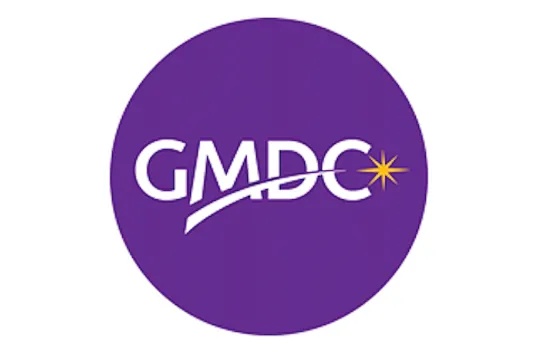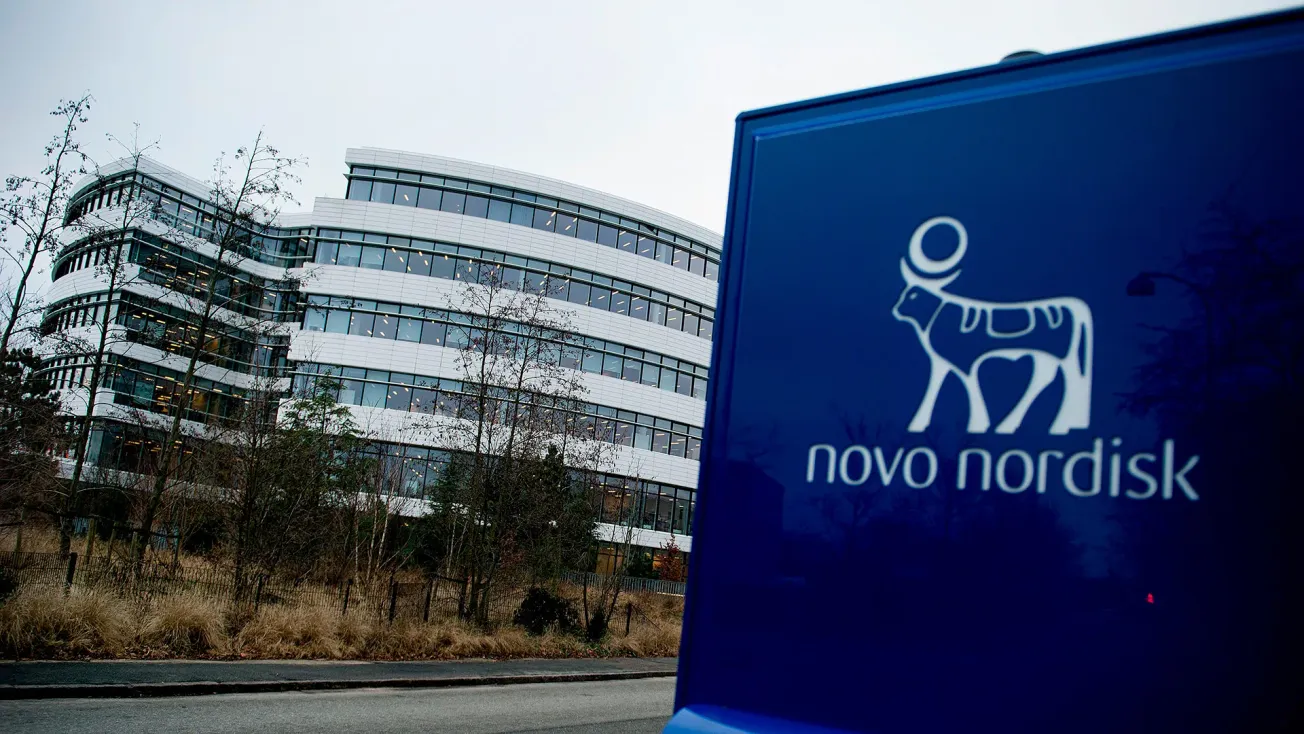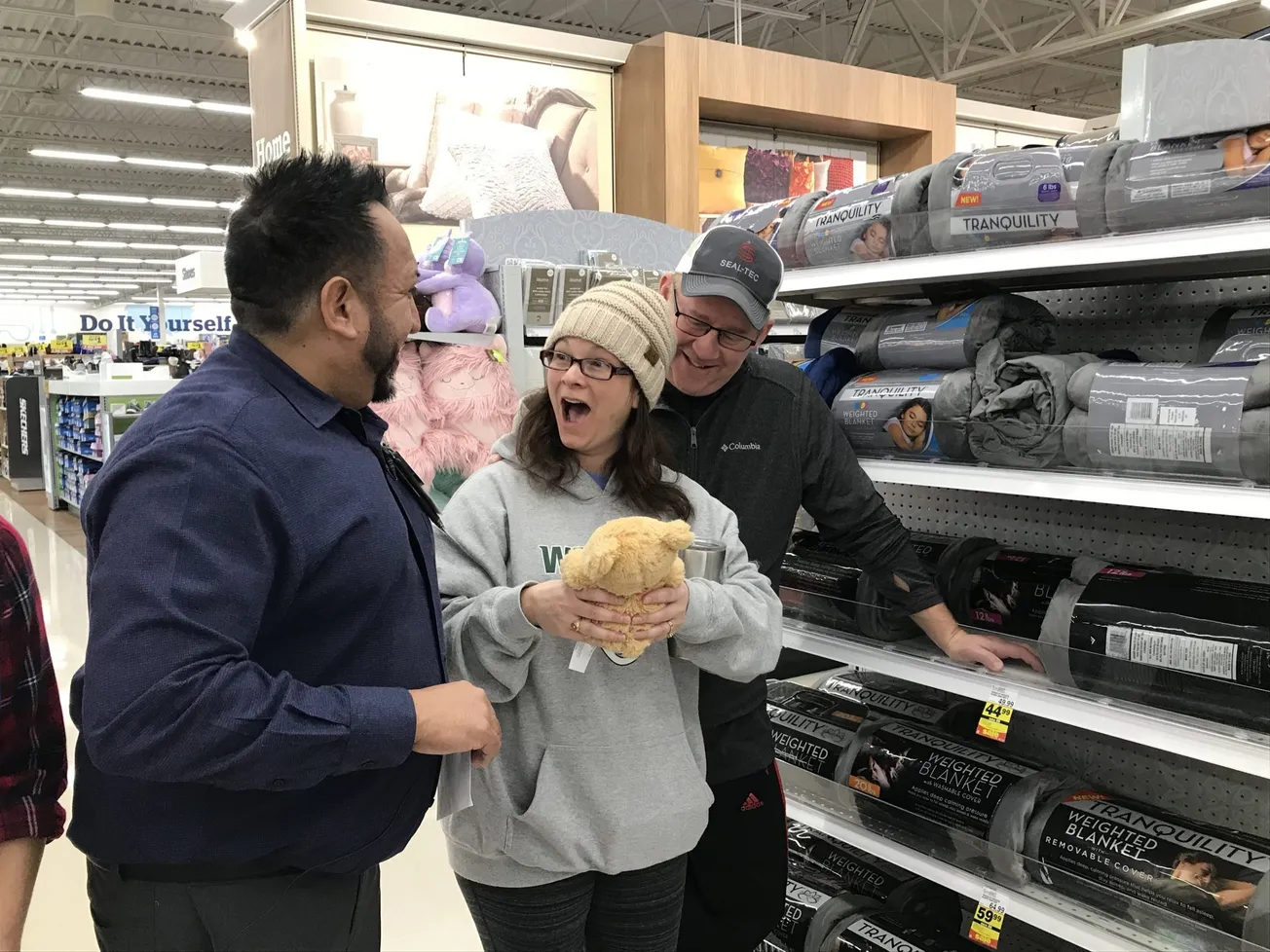COLORADO SPRINGS, Colo. — It’s no secret that retail is experiencing a migration of products from physical brick-and-mortar stores to online. The proliferation of e-commerce and its impact is cause for concern among traditional retailers. But while many shoppers are migrating online, their migration isn’t an across-the-board move; it isn’t a comprehensive shift from offline to online.

Mark Mechelse
In its latest research report, Consumer Share of Spend: How to Win the Physical and Virtual Wallet, leading retail trade association Global Market Development Center (GMDC)|Retail Tomorrow used proprietary consumer surveys and syndicated point-of-sale data from Nielsen to provide insights into digital and physical spending tendencies and highlight occasions for which shoppers continue to choose physical brick-and-mortar over online.
“It’s clear that shoppers are fundamentally changing the way they shop, which has massive implications for retailers,” said Mark Mechelse, vice president of insights and communications for GMDC|Retail Tomorrow. “Different shoppers with different needs, attitudes and motivations are shifting their behaviors and revealing emerging trends, especially when it comes to how and where they buy. Understanding the evolving shopper is key as shopping trips become more fragmented and move away from the one-stop shop model.”
In the report, GMDC|Retail Tomorrow identifies three shopper types that make up the majority of consumers in North America.
The “I’ll Go Everywhere to Get What I Want Shopper” is younger to middle-aged and shops across a multitude of channels, both online and in physical stores, several times per week, looking for specific items for which they’re willing to pay a premium.
The “One-Stop Shopper” is typically older and shops once per week at mass/discount stores and rarely shops online channels, while the “Digital Native Shopper” is younger and is less likely to use supercenters or traditional mass channels than any other shopper. Younger shoppers prefer a wider variety of online channels but may search out a specialty store with a unique offering.
Despite changing behaviors, the downfall of brick-and-mortar retail is not as inevitable as some might think. Shoppers aren’t deserting supermarkets and mass merchants; more than three-quarters of respondents say they still use those channels for grocery shopping, demonstrating that many categories are still winnable.
“The impact on physical brick-and-mortar retail by the ever-changing behaviors of the evolving shopper and the resulting fragmentation of where and how they shop cannot be understated,” said Mike Anthony, founder and global CEO of engage and lead author of the share of spend report. “But a shopper-focused strategy that addresses their needs can inform product categories and assortment, ultimately getting shoppers to the store, encouraging them to buy more and ensuring future trips.”
What matters to shoppers during each shopping occasion — price and promotion, need, convenience and proximity — influences why they choose in-store over online channels. Brick-and-mortar wins when a shopper needs products immediately or makes an impulse purchase, and physical retail provides shoppers the engagement and touch-and-feel aspect that online cannot offer.
Of all respondents, 60% are still drawn to brick-and-mortar stores for sales and promotions, while others value the ability to see products in person (49%), browse a variety of options (44%) and interact with knowledgeable staff (19%). And when in store, shoppers will still buy on impulse, even if they usually buy that category online.
The report also emphasizes the importance of shopper-focused merchandising strategies and tailoring in-store products and experiences to meet the needs of today’s evolving shopper.
Next practices recommended in the report include, among others:
- Applying the “3/30 rule” by understanding who the consumer is within a 3-mile radius or less than 30-minute drive in order to allow the surrounding population to determine a store’s product assortment and selection. A brand’s stores should look different from store to store based on an area’s demographics.
- Embracing and employing technology such as in-store digital signage, automated pay, and endless aisle and click-and-collect solutions can help brick-and-mortar retail channels offer diverse shopping methods and experiences to customers, fulfilling different occasions during different times of day. But technology should be used with care, and only when it truly delivers the experience shoppers are looking for on that trip.
- Curating and differentiating in-store and online assortment is equally important, as shopper missions vary considerably. Retailers can optimize their own profit, and the shopper experience, by curating the right range in each channel.
“While it’s clear that e-commerce is here to stay, GMDC|Retail Tomorrow’s consumer-focused research and insights find that opportunities and categories exist for brick-and-mortar retail to outperform online channels,” said Patrick Spear, president and CEO of GMDC|Retail Tomorrow. “By heeding and implementing the report’s recommendations, retailers can drive in-store sales for the foreseeable future.”
GMDC|Retail Tomorrow partnered with Nielsen, Acosta, Profitero and Edge Retail Insight (formerly PlanetRetail RNG) to source the consumer insights, in-store sales and online data. The report’s author is Mike Anthony, founder and global CEO of engage. Report supporters and sponsors include Hallmark, Big Time Products, C&S Wholesale Grocers, H-E-B, Kroger and Weis.









